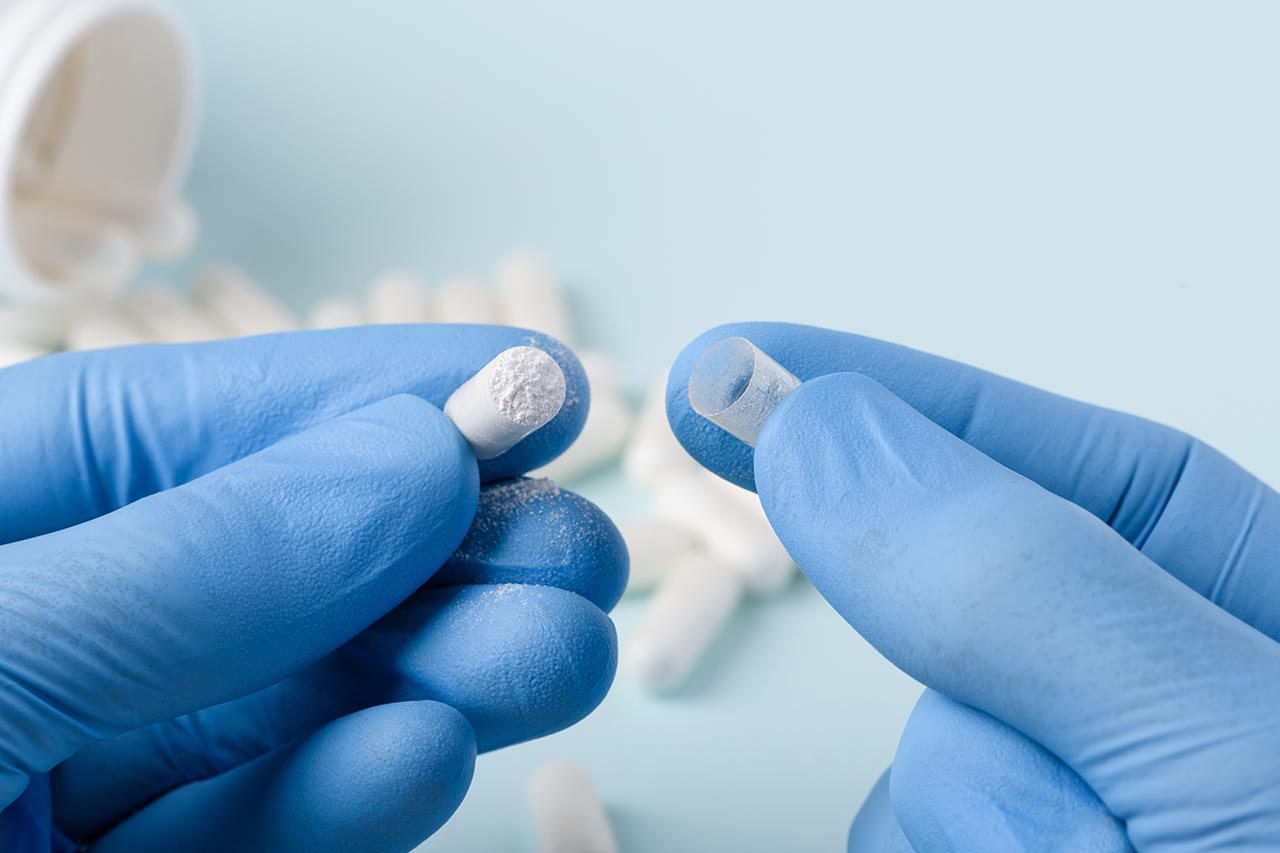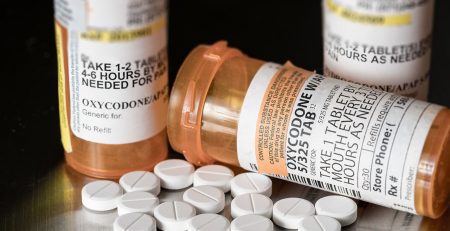As a luxury rehab in Palm Beach County, we know that the longer they abuse drugs, the more likely drug addicts will go to extreme lengths to get a greater and faster high. For many users, this means graduating to harder drugs with higher potencies. For drug dealers, this means creating stronger drugs to satisfy these users’ needs.
The opioid epidemic is a good example of how people are desperate to fill their addiction needs, and by doing so, fall further and further into addiction. Many people start by misusing prescription painkillers before turning to heroin for a greater high. In fact, one survey found that 86% of IV heroin users had misused opioid pain relievers first.1 Users who still neglect to get standard or luxury heroin addiction treatment are creating a rise in synthetic opioids as they turn to these even more potent drugs.
What Are Synthetic Opioids?
Synthetic opioids are man-made opioids that were developed in a laboratory to mimic the effects of natural opioids. Typically, synthetic opioids are stronger and more potent than natural opioids. Their main purpose is to relieve pain, but these substances are addictive and therefore, often misused for other reasons. Some examples of synthetic opioids are hydrocodone, oxycodone, methadone, tramadol, fentanyl, and carfentanil.
The Increase in Synthetic Opioid Abuse
Because of the opioid epidemic, there are several opioid-addicted individuals in the United States who have started to abuse synthetic opioids. Fentanyl in particular has seen a drastic jump in availability and abuse. It is believed to be the drug that is most responsible for the rise in synthetic opioids. In the matter of one year, the number of drug products obtained by law enforcement throughout the United States that tested positive for fentanyl increased by 426%.2 Other studies show similar trends – the number of states reporting 20 or more fentanyl confiscations increased from 6 states in the second half of 2013 to 18 states in the second half of 2014.3 This increase in synthetic opioid use doesn’t come without problems.
This increase in use has also led to an increase in synthetic opioid overdose deaths. One study estimated that synthetic opioids, not including methadone, were responsible for 31,335 drug overdose deaths in the United States in 2018. This number is about double the next drug, prescription opioids. 4 The scariest part about this increase is that in 2013, this number was estimated to be below 5,000.4 This trend doesn’t appear to be slowing down either. Other studies show that the number of synthetic opioid overdose deaths increased by 10% from 2017 to 2018 and accounted for 67% of all overdose deaths involving opioids.5
These synthetic opioids are dangerous and can be fatal, but our luxury residential rehab is here to help you quit before it is too late. At Seaside Palm Beach, we guide patients through every step of the addiction recovery process.
If you or someone you care about has a substance abuse problem, get help now. Call 561-677-9374 to get started.
Sources:













